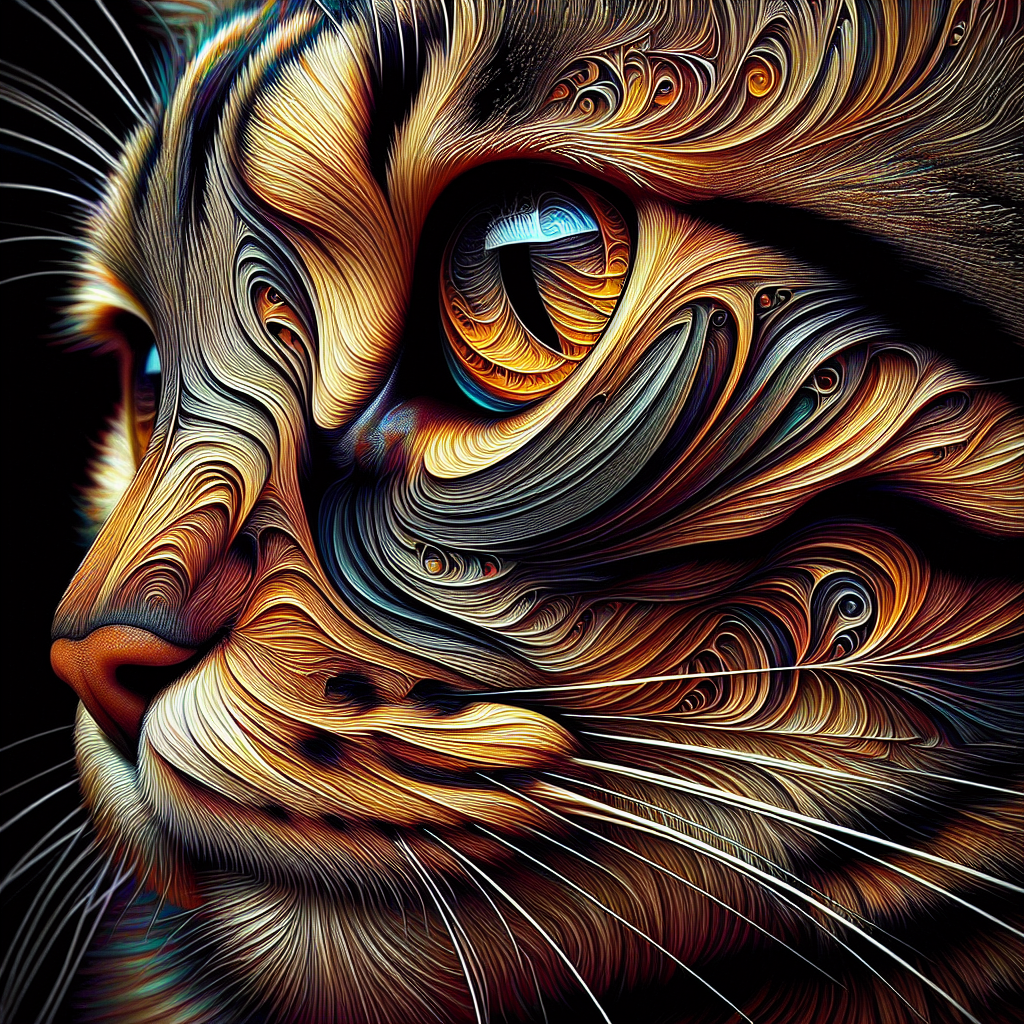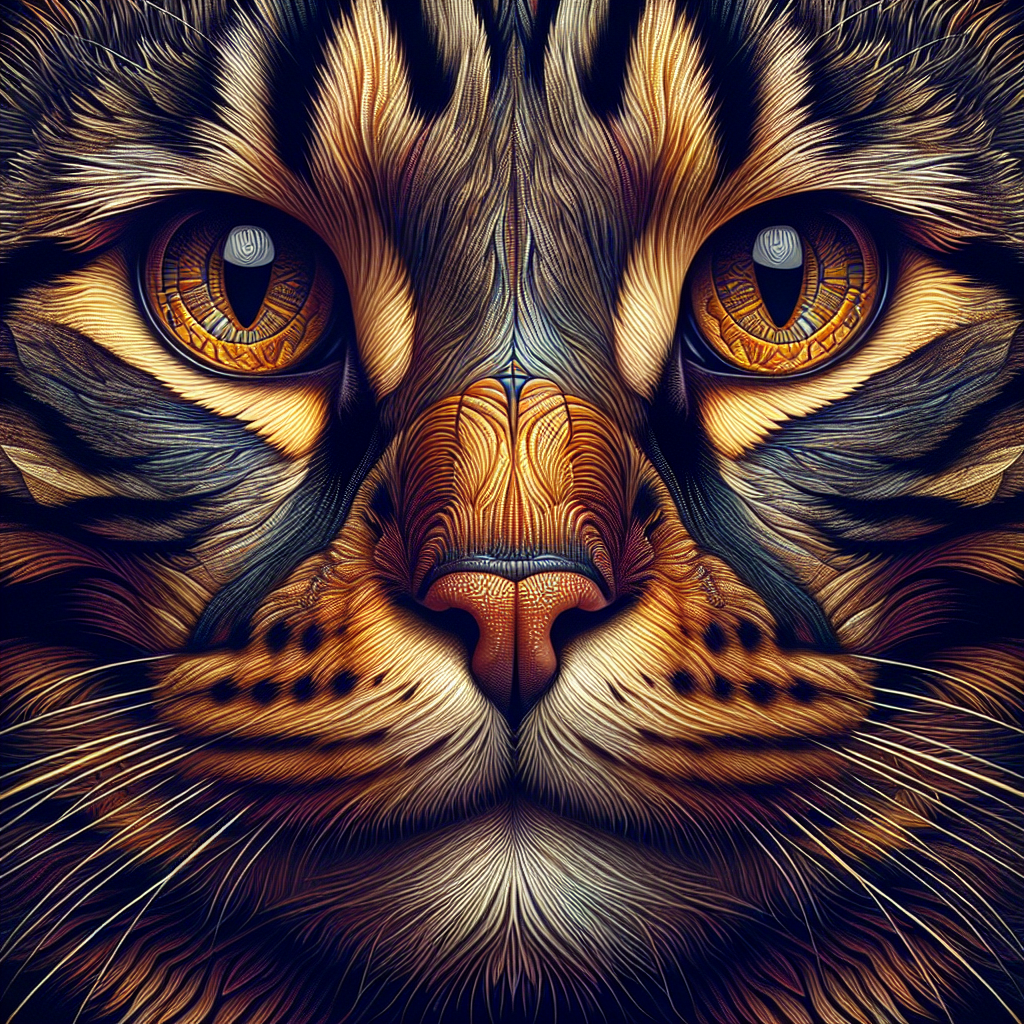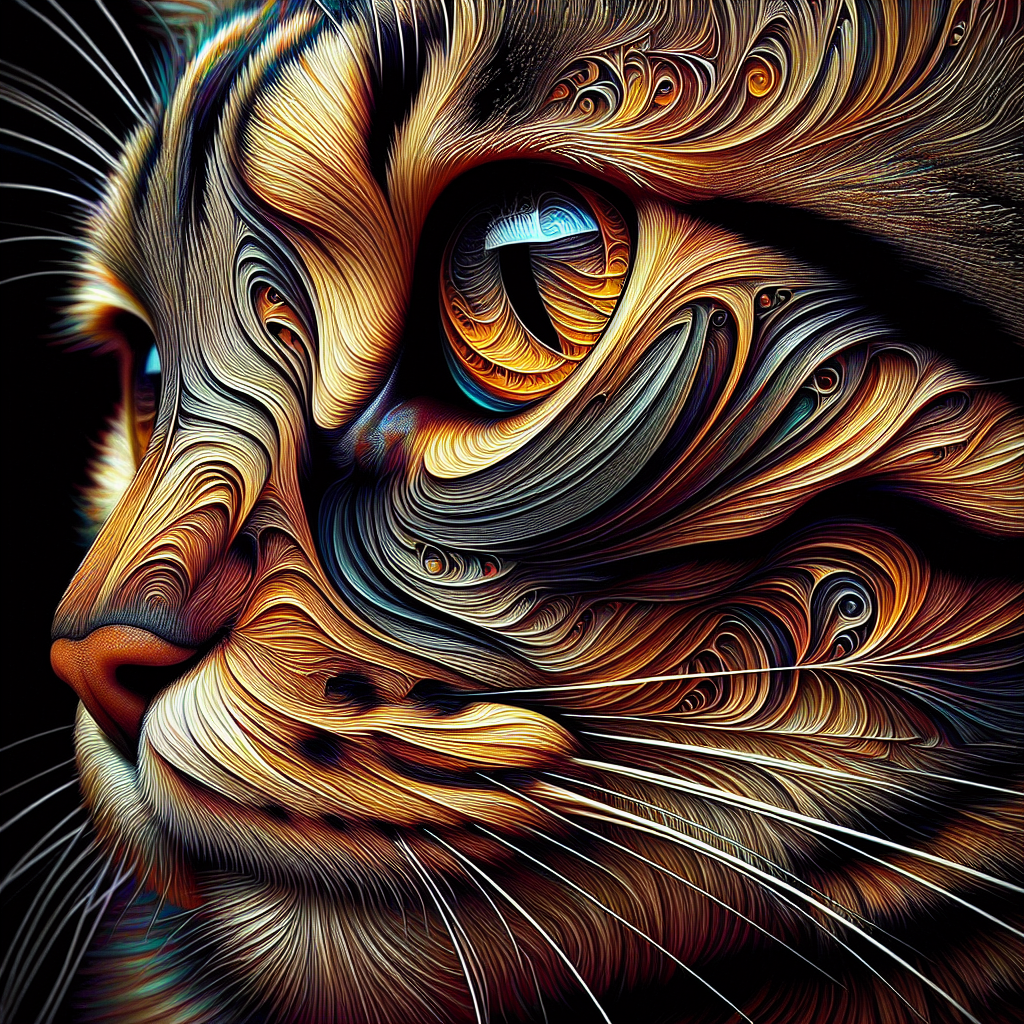Imagine a world without the mesmerizing stripes that adorn the coats of tabby cats. It’s hard to fathom, right? These iconic patterns have been puzzling cat enthusiasts for years, leaving them wondering: how do tabby cats get their stripes? In this article, we will unravel the intriguing origins of tabby cat stripes, shedding light on the fascinating genetics behind this unique feline phenomenon. Prepare to be captivated by the colorful tales that lie behind these enigmatic markings.
The Origins of Tabby Cat Stripes
Tabby cats, with their distinct coat patterns, have fascinated humans for centuries. But have you ever wondered how tabby cats get their stripes? The answer lies in the world of genetics and inheritance. Let’s dive into the intriguing world of tabby cat genetics and explore the various factors that contribute to the formation of their captivating coat patterns.

Genetics and Inheritance
To understand how tabby cats get their stripes, it’s essential to grasp the basics of cat genetics. Cats have genes that determine their coat color and pattern, among other traits. When it comes to tabby patterns, several genes and their interactions play a crucial role.
Role of Agouti Gene
One of the key genes involved in the formation of tabby cat stripes is the Agouti gene. The Agouti gene produces a protein called Agouti Signaling Protein (ASIP), which regulates the distribution of pigmentation in the hair follicles. Different variants of the Agouti gene result in various coat patterns and colors seen in tabby cats.
Mackerel Tabby Pattern
The Mackerel tabby pattern is one of the most common and recognized tabby patterns. It features narrow, straight stripes resembling fishbones. This pattern is believed to be ancestral and closely resembles the markings seen on wild ancestors of domestic cats. Genetic considerations, such as the interaction between the Agouti gene and other genes, contribute to the development of this pattern.
Classic Tabby Pattern
The Classic tabby pattern, also known as the blotched tabby, showcases bold, swirling patterns often resembling bullseye markings. These distinct patterns have a historical significance, as they were believed to resemble the “M” shape on the forehead of the Egyptian goddess Bastet. Genetic explanations suggest that variations in the Agouti gene and other factors play a role in the development of this eye-catching pattern.

Spotted Tabby Pattern
The Spotted tabby pattern is characterized by well-defined spots of varying sizes and shapes. It bears a resemblance to the coat patterns of other spotted species, such as leopards or cheetahs. Genetic mechanisms behind the formation of spots in tabby cats involve the interactions between the Agouti gene and other genes responsible for pigmentation distribution.
Ticked Tabby Pattern
The Ticked tabby pattern, also known as the Abyssinian pattern, features a fine, uniform distribution of color without any distinct stripes or spots. This pattern is a result of the Agouti gene and other genes influencing the development of each hair shaft individually. It gives tabby cats a unique, almost shimmering appearance.
Pattern Formation in Embryogenesis
The formation of tabby patterns begins during embryogenesis, the early development stages of a cat. Cellular interactions and signaling pathways play a crucial role in determining the distribution of pigmentation in the hair follicles. Additionally, the involvement of pigment-producing cells called melanocytes and environmental factors can also impact the final coat pattern.
Evolutionary Advantage of Tabby Stripes
The tabby stripes seen in domestic cats and their wild ancestors are not merely aesthetic. They provide essential evolutionary advantages, such as protection and camouflage. The stripes, often resembling grass or tree bark, help cats blend into their surroundings, making it easier for them to hunt or hide from predators. Tabby patterns may also serve as a form of disruptive coloration, making it challenging for predators to detect the exact shape and movement of the cat. Additionally, these patterns contribute to species recognition and social communication among cats, facilitating interactions and avoiding conflicts. The ability to adapt to varied habitats has also contributed to the survival and success of tabby cats.
Alternative Theories and Cultural Beliefs
While scientific explanations offer insights into the origins of tabby cat stripes, alternative theories and cultural beliefs surrounding these patterns also exist. For instance, some cultures associate tabby cats with good luck or specific personality traits. These beliefs have contributed to the enduring fascination and admiration for tabby cats throughout history.
The Future of Tabby Cat Research
As our understanding of genetics and technology advances, so does our ability to unravel the mysteries of tabby cat stripes. Ongoing genetic studies are shedding light on the complex interactions between genes and the development of coat patterns. Technological innovations and tools, such as genome sequencing and advanced imaging techniques, are enabling researchers to delve deeper into the genetic makeup of tabby cats. Furthermore, exploring other coat patterns in cats and applying the findings to other species can provide valuable insights into the broader field of genetics and evolution.
In conclusion, the origins of tabby cat stripes lie in the intricate world of genetics and inheritance. The Agouti gene, along with various other genes and their interactions, determines the different tabby patterns we observe. From the classic bullseye markings to the captivating spots and subtle ticking, each pattern is a result of complex genetic mechanisms and embryonic development. These stripes not only add to the beauty of tabby cats but also provide them with evolutionary advantages. With ongoing research and technological advancements, the future holds exciting possibilities for further unraveling the secrets of tabby cat stripes and their genetic significance.

